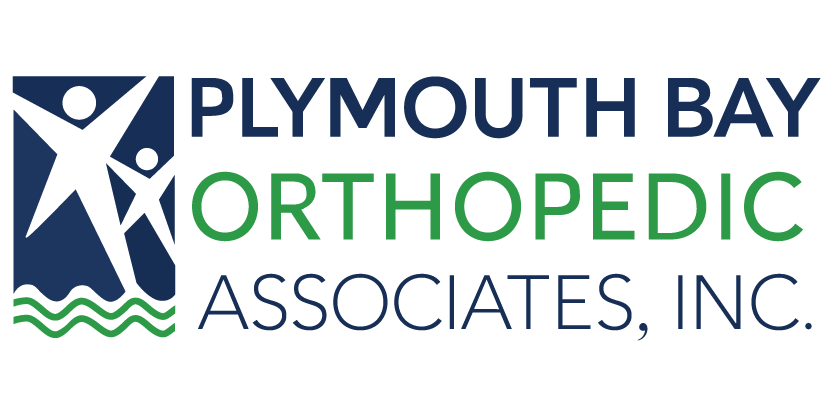Lumbar disc herniation happens when a cushion-like disk between each vertebra slips out, bulges, cracks, or tears. This “protrusion” may irritate the nearby spinal nerves, resulting in shooting pains in the lower back that may radiate toward the buttocks, legs, and even down the calves.
Diagnosing a Lumbar Disc Herniation
Our medical providers at Plymouth Bay Orthopedic Associates will perform a physical exam to determine the source of your discomfort. Often, this alone is enough to diagnose if you have a lumbar disc herniation.
However, to best rule out other sources of pain as well as identify the specific nerves affected by the lumbar disc herniation additional testing may be performed such as:
- X-rays can display the outline of your spine and help your doctor rule out a tumor, fracture, and other sources of pain.
- A CT Scan takes pictures from different angles and combines them to come up with the images of your spinal cord and its nearby structures to determine if you have lumbar disc herniation.
- An MRI uses radio waves to create a detailed three-dimensional image of your spinal cord and its surrounding areas. Moreover, it determines the affected nerves and the actual location of the lumbar disc herniation.
- During a myelogram, a dye is injected into the spinal fluid so an X-ray can locate the affected area of your spinal cord.
Treatments for Lumbar Disc Herniation
While proper resting often relieves swelling and promotes healing, if your back continuously causes pain, over-the-counter pain relievers may provide additional comfort. If the pain persists for more than ten days, our providers may recommend other treatments such as:
- Physical Therapy. Stretching exercises keep your muscles flexible; massage, heat and cold therapy, and ultrasound and electrical muscle stimulation can alleviate the pain; and aerobic exercises such as walking and using a stationary bike can strengthen your back muscle.
- Steroid injection. This is injected into the space around the spinal nerves to bring down the swelling and alleviate pain.
- Surgery. Any surgical option is only performed if your symptoms don’t improve or worsen within 1-2 months despite rest, medications, and physical therapy. One type of surgery for lumbar disc herniation involves removing the damaged disc to eliminate the pressure that is pinching the nerves, while another one requires extracting a small piece of bone from the vertebra. A more involved type of surgery requires the use of artificial disc or fusing together two vertebrae to stabilize your spine.
To learn more about treatments for lumbar disc herniation and how they can improve your quality of life, Contact us at 781.934.2400 to determine the best methods of treatment going forward.


